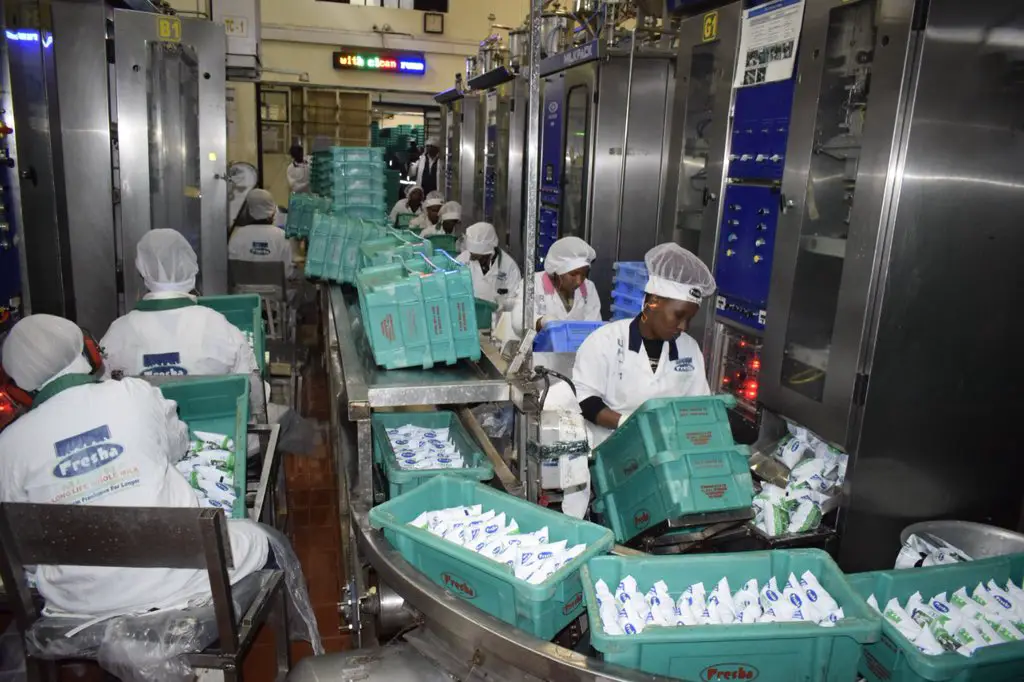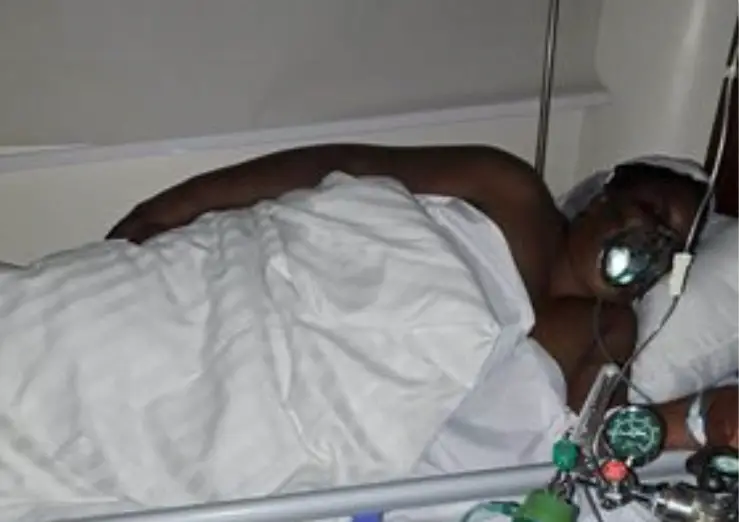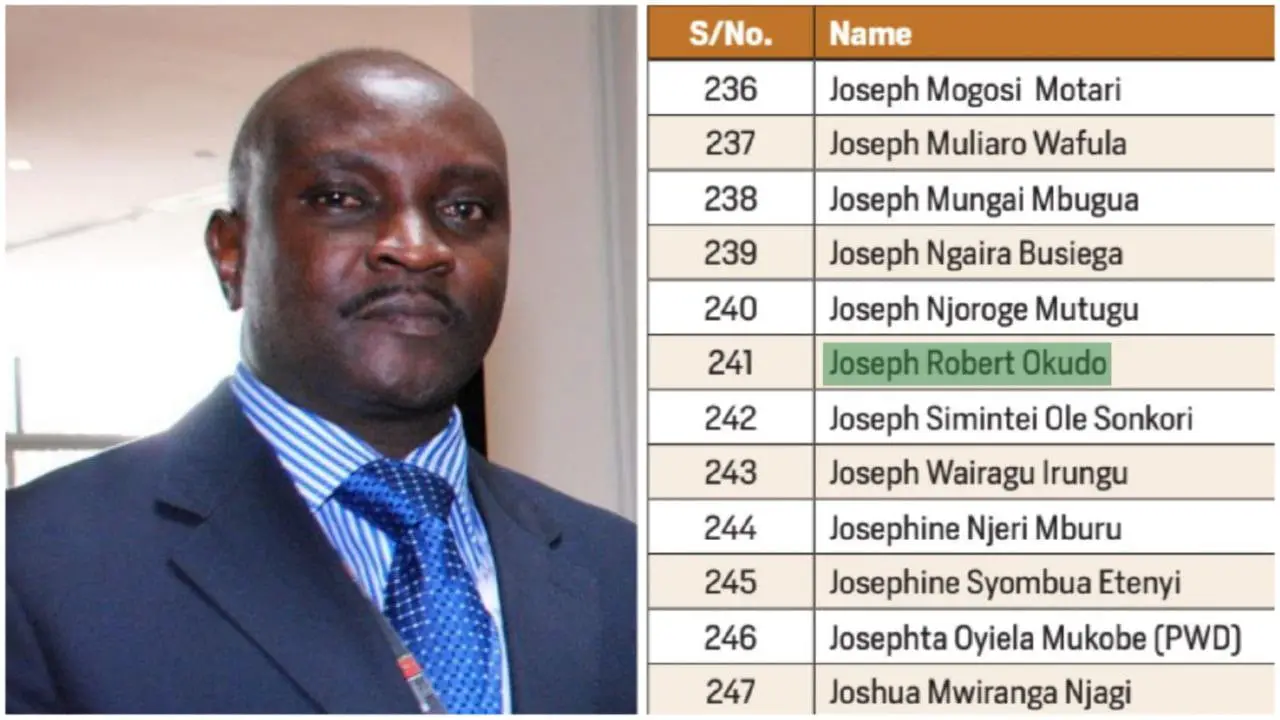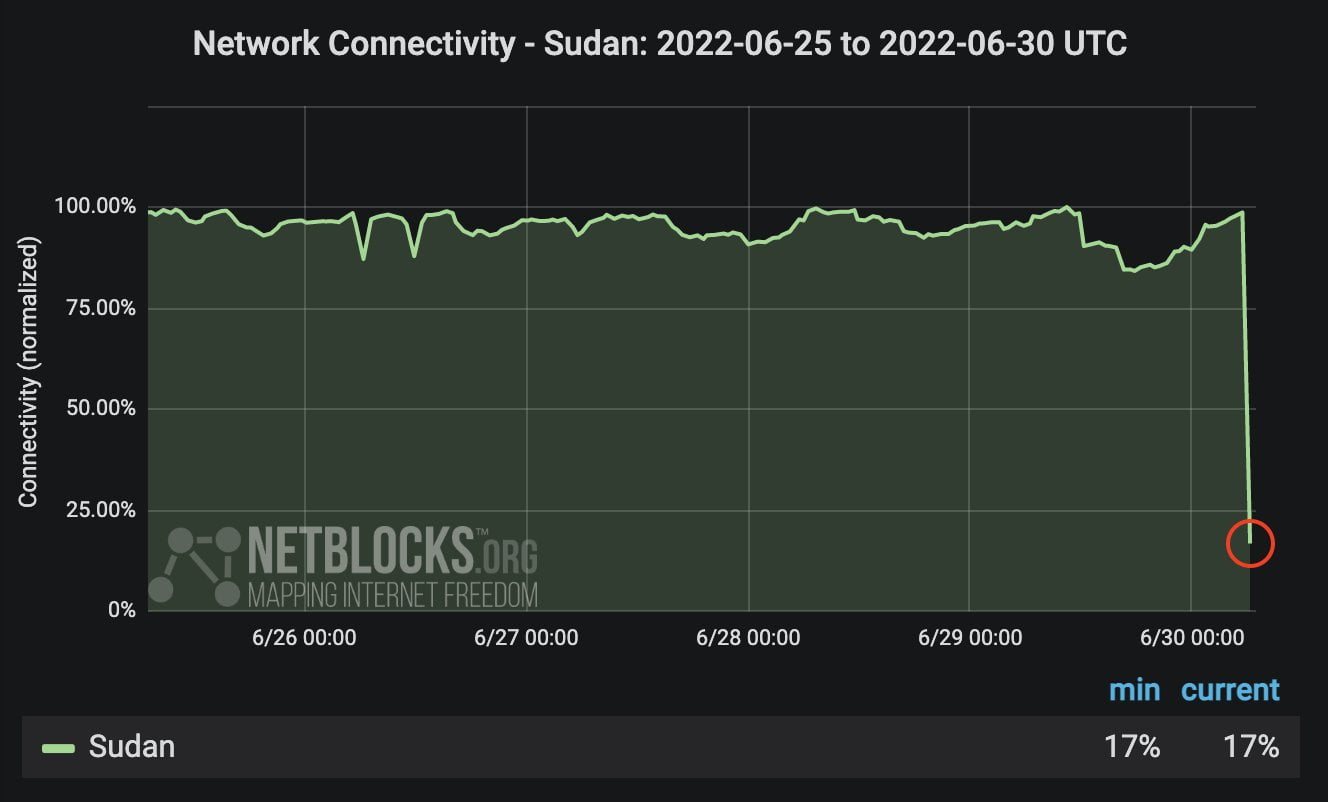A study conducted by the University of Nairobi (UoN) in collaboration with the National Quality Control Laboratory of the Ministry of Health shows dangerous lead levels in paints used to decorate kids faces Kenya.
The study reports testing 59 samples of the paints collected in Nairobi and all of them were found to contain lead. No amount of lead is considered safe for humans.
Only one sample had a label indicating the paint was meant for face painting, with only three warning that the products were not suitable for children under three years.
All analysed samples contained lead of varying quantities, with the highest being 10.5 parts per million (ppm) and the lowest being 0.0388ppm.
The experts say lead poisoning can happen through inhalation and absorption through the skin.
“But most importantly, it is through ingestion as the painting is carried out on young children who are likely to touch the paint and ingest it,” said the study.
The World Health Organisation (WHO) estimates that lead, a metal found in the environment was responsible for an estimated 1.06 million deaths in 2017.
Young children are particularly vulnerable to the toxic effects of lead and can suffer profound and permanent adverse health effects, particularly affecting development of the brain and nervous system.
WHO says there is no known ‘safe’ blood lead concentration; with even the lowest levels also associated with decreased intelligence in children, behavioural difficulties and learning problems. This is supported by the US Centres for Disease Control and Prevention (CDC).
The UoN lecturer, and leader of the study Dr. Faridah Were said she spoke to Kenya Bureau of Standards (KeBS) and they ‘strongly feel that this should be an item in their agenda’.
Dr Were is also a member of the Lead Paint Alliance Advisory Council and chairlady of the Technical Committee of Kenya Bureau of Standards (KEBS).
The study is published in the current issue of the East and Central African Journal of Pharmaceutical Sciences.
The study document
